These words of wisdom from Lama Surya Das teach us how to let the thought or feeling go. This works especially well when we allow ourselves to breathe in and breathe out and remove the object from our mind.
This is reminiscent of Linji‘s directive to remove the object. The object, of course, is the thought, feeling, person or situation that has grabbed our attention. So the practice is to remove the object and come back to the body and feelings. We need to stay with the energy and let go of the thinking.
Lama Surya Das teaches us this way:
Blessed are the pure of heart, for they shall see God.
The foundational practice continues to be Centering Prayer, as taught by Father Thomas Keating.Cynthia Bourgeault defines Centering Prayer simply —when you catch yourself thinking,let the thought or feeling go.By letting go of the objects of attention, you naturally experience objectless awareness, even if it’s only for a nanosecond.Incrementally, this non-constricted attitude brings about a capacity to rest in the Cave of the Heart and to begin to see what the heart sees, which gets at the deeper meaning of the phrase:“Blessed are the pure of heart, for they shall see God”Emaho! Lama Surya Das
To remove the object, follow these steps (thanks to the Buckeye Sangha and Zen Master Thich Nhat Hanh from his book, Reconciliation: Healing the Inner Child):
- Breathing in, I find my in-breath; breathing out, I find my out-breath.
- Breathing in, I call to mind a charged issue (object); breathing out, I open to that issue.
- Breathing in, I let go of the thinking about the issue (object); breathing out, I embrace that energy within my body.
- Breathing in, I am aware of my body and my feelings; breathing out, I embrace my body and feelings tenderly.
- Breathing in, I send my in-breath to my body and feelings; breathing out, I release the tension in my body and feelings.
- Breathing in, I am aware of my in-breath; breathing out, I am aware of my out-breath.
If the object is extremely difficult to remove with this meditation, try a technique I learned more than forty years ago. It is called “reach and withdraw.” When you reach out to the object, and it is very intractable, you stay with it for ten or twenty seconds. Then you withdraw from it for a minute or two during which time you look at something pleasant or think a nice thought. This process helps remove the sting of the object.
Did you try this meditation? What did you experience? Please share now.
Books by Thich Nhat Hanh
 |
Reconciliation: Healing the Inner Childby An exciting contribution to the growing trend of applying Buddhist practices to encourage wellness and balance mental health. Reconciliation focuses on mindful awareness of our emotions and offers concrete practices to restore damaged relationships through meditations and exercises to he… [Read More…]
|




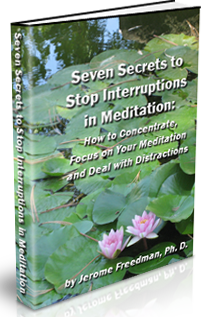
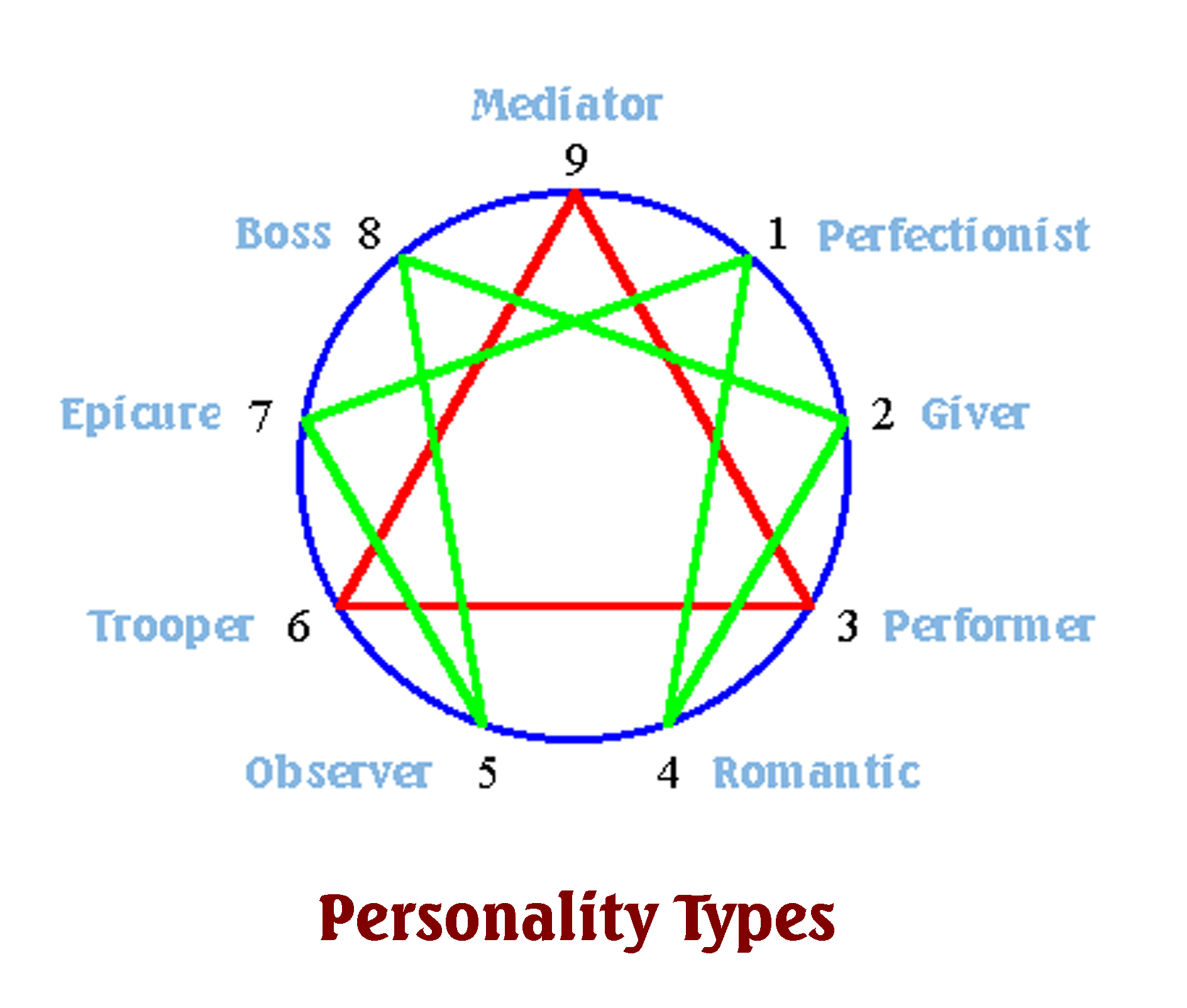
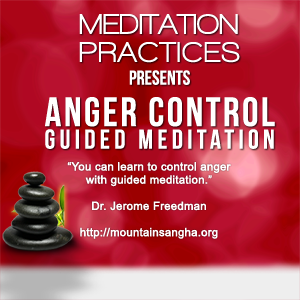
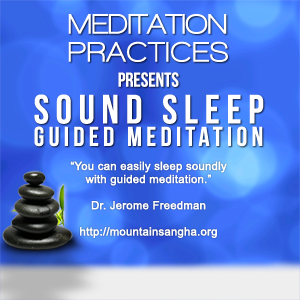

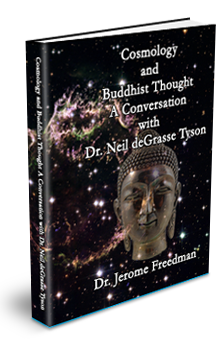
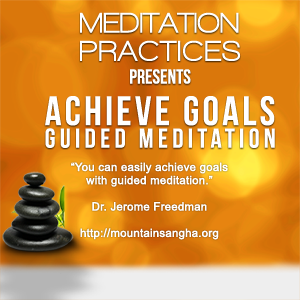
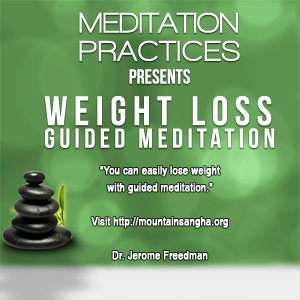


You must be logged in to post a comment.